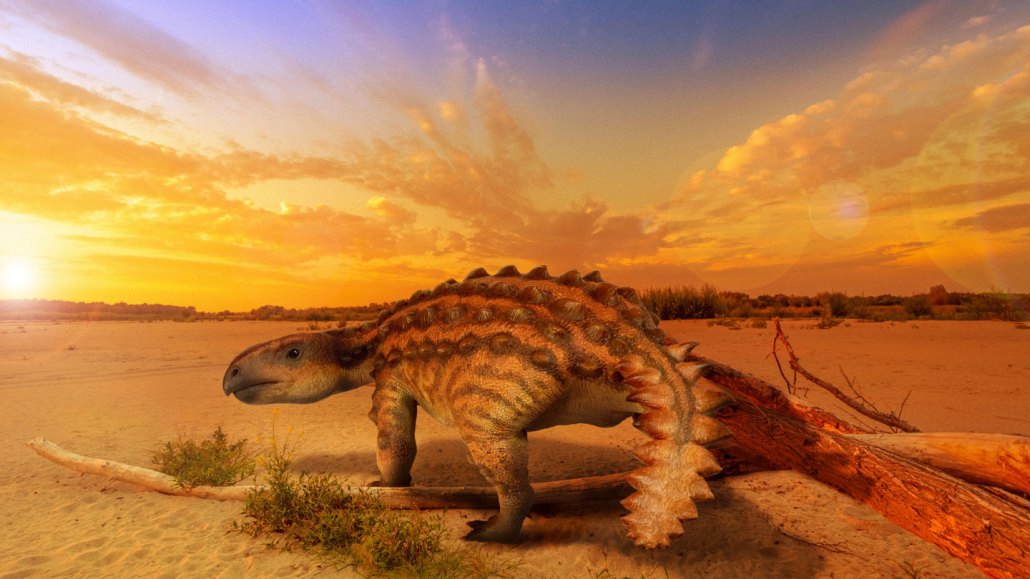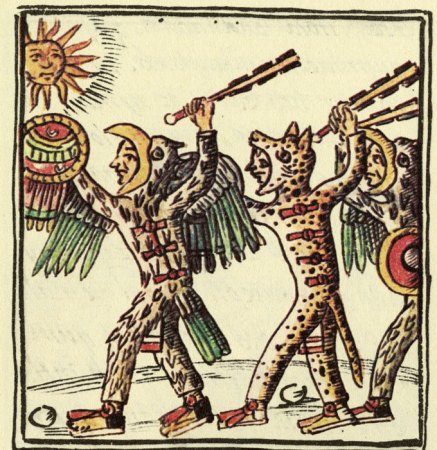This dinosaur had a weapon shaped like an Aztec war club on its tail
A new ankylosaur species found in Chile may be an early version of the armored creatures

Found in Chile’s Patagonia, a new species of ankylosaur (an artist’s 3-D model of the creature shown) had an unusual, flat club on its tail.
Lucas Jaymez








